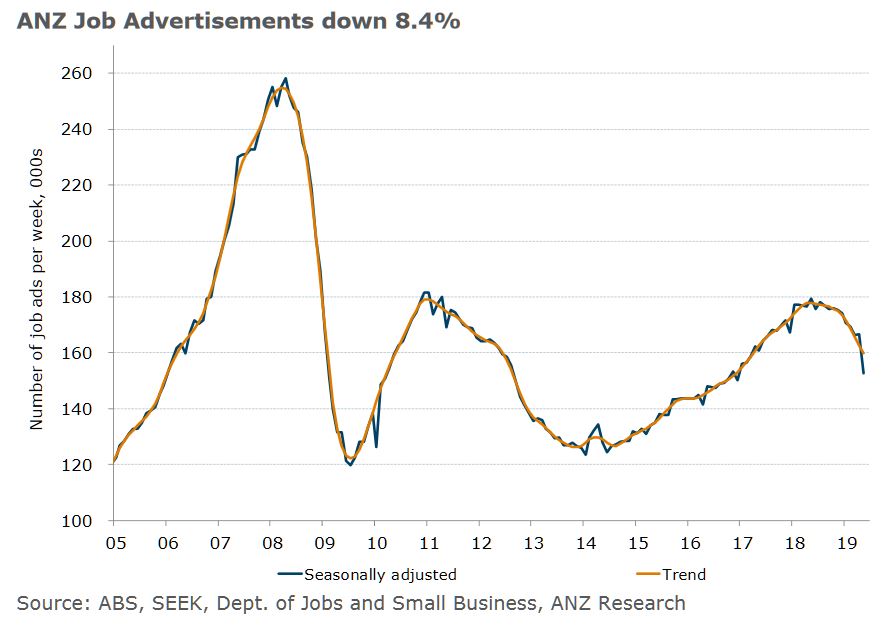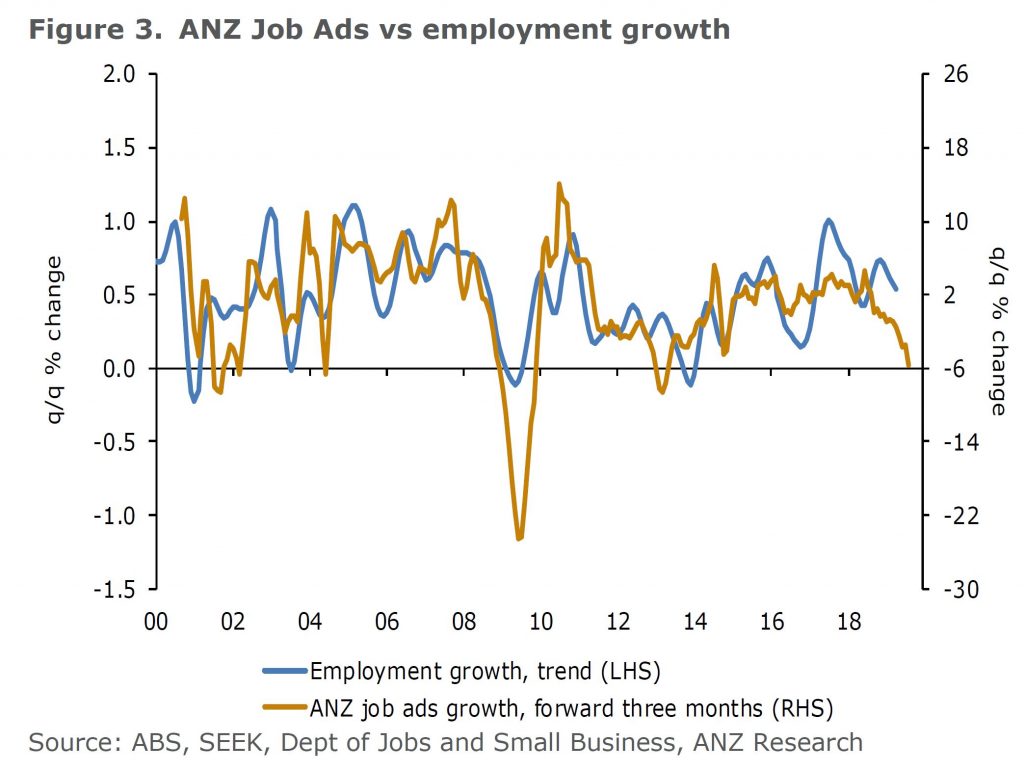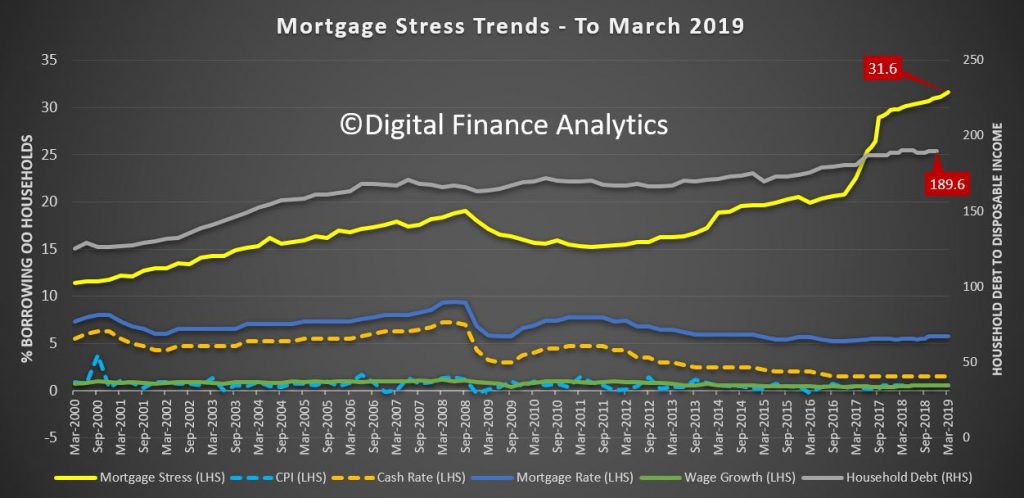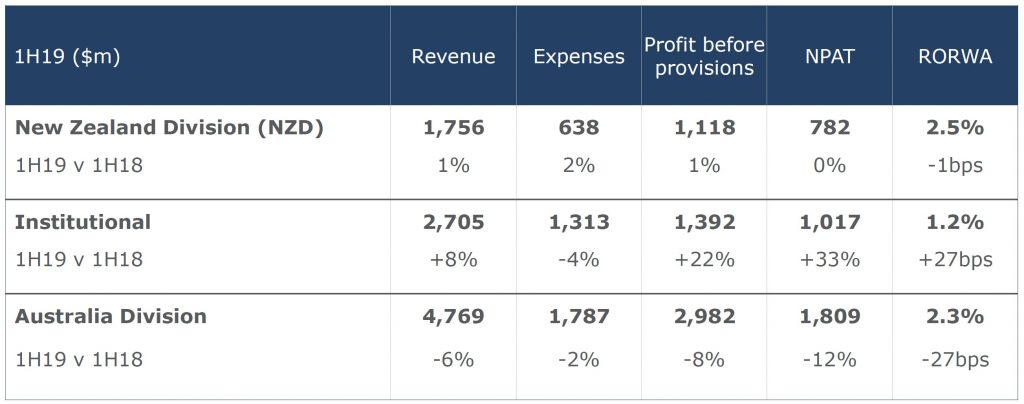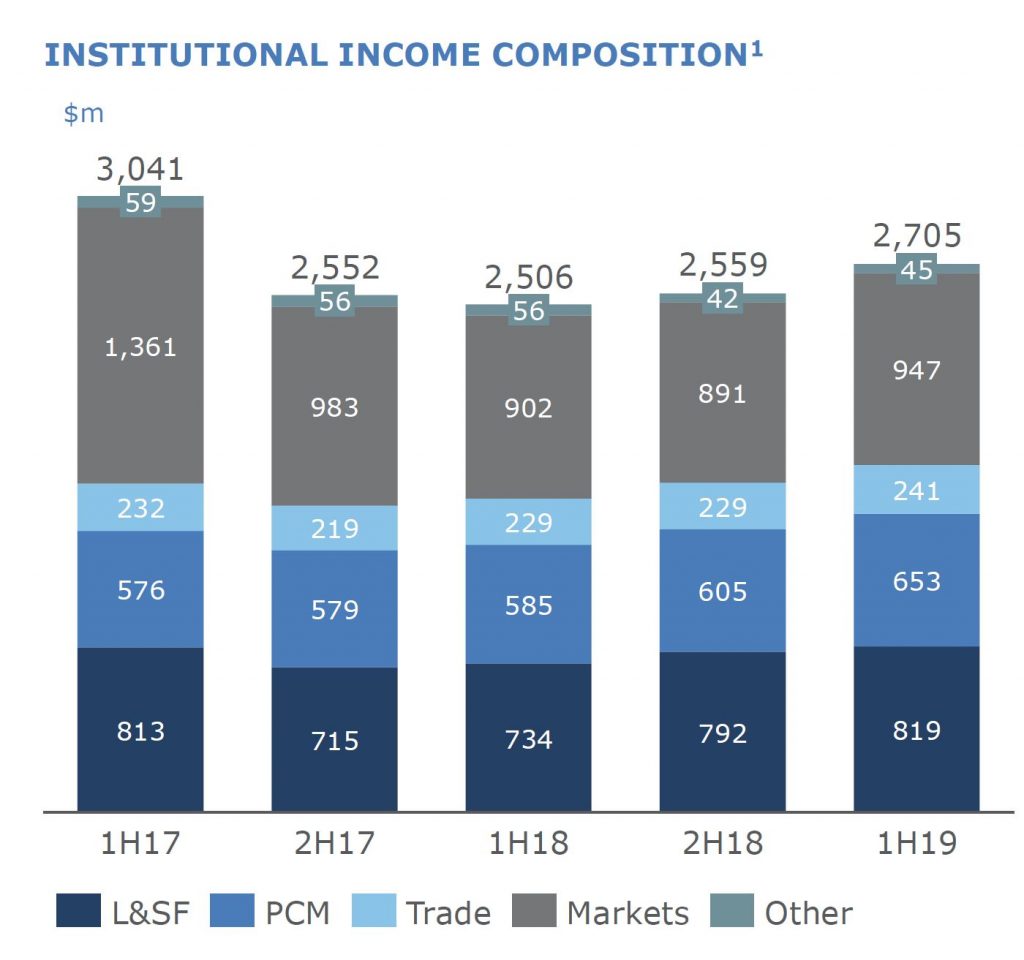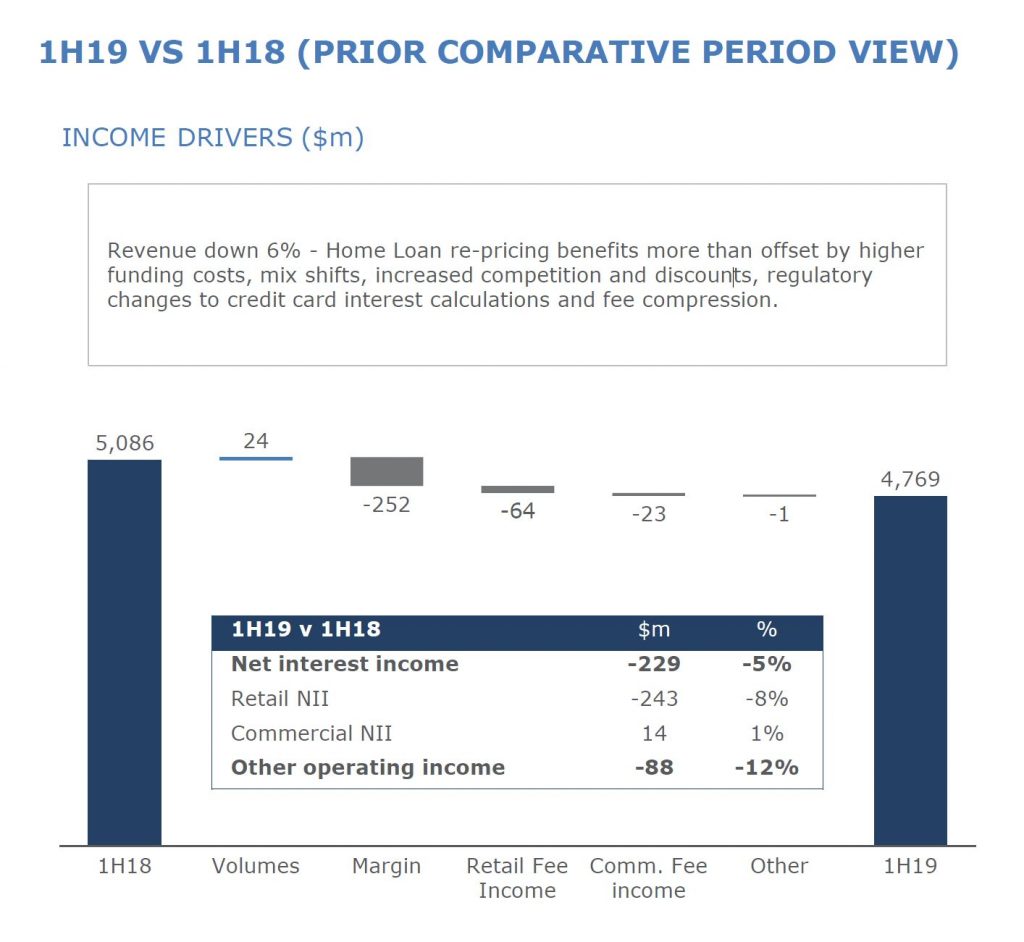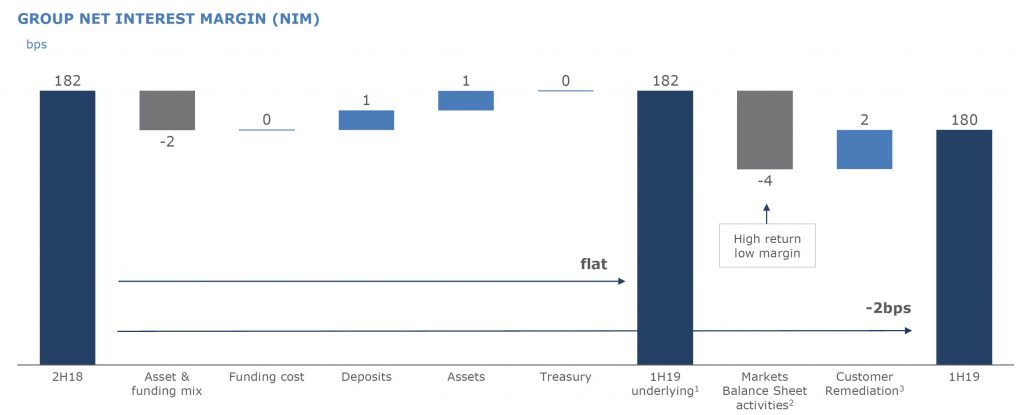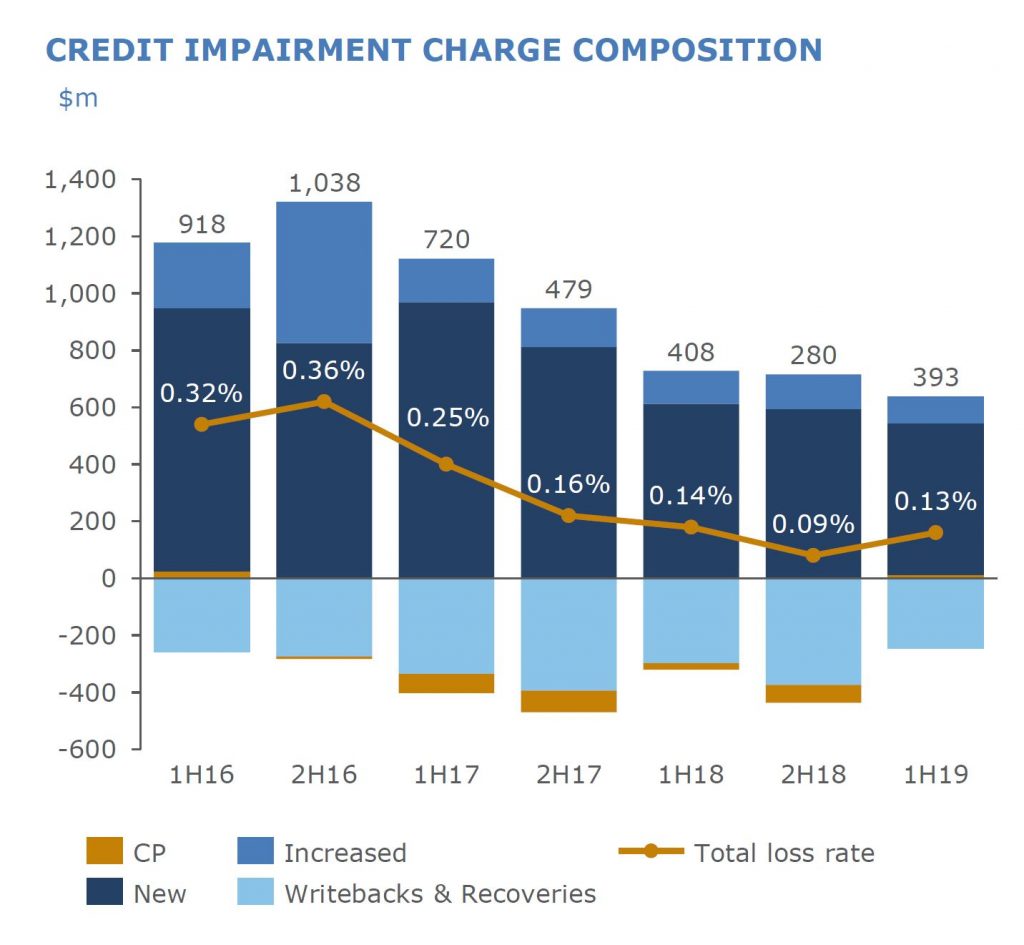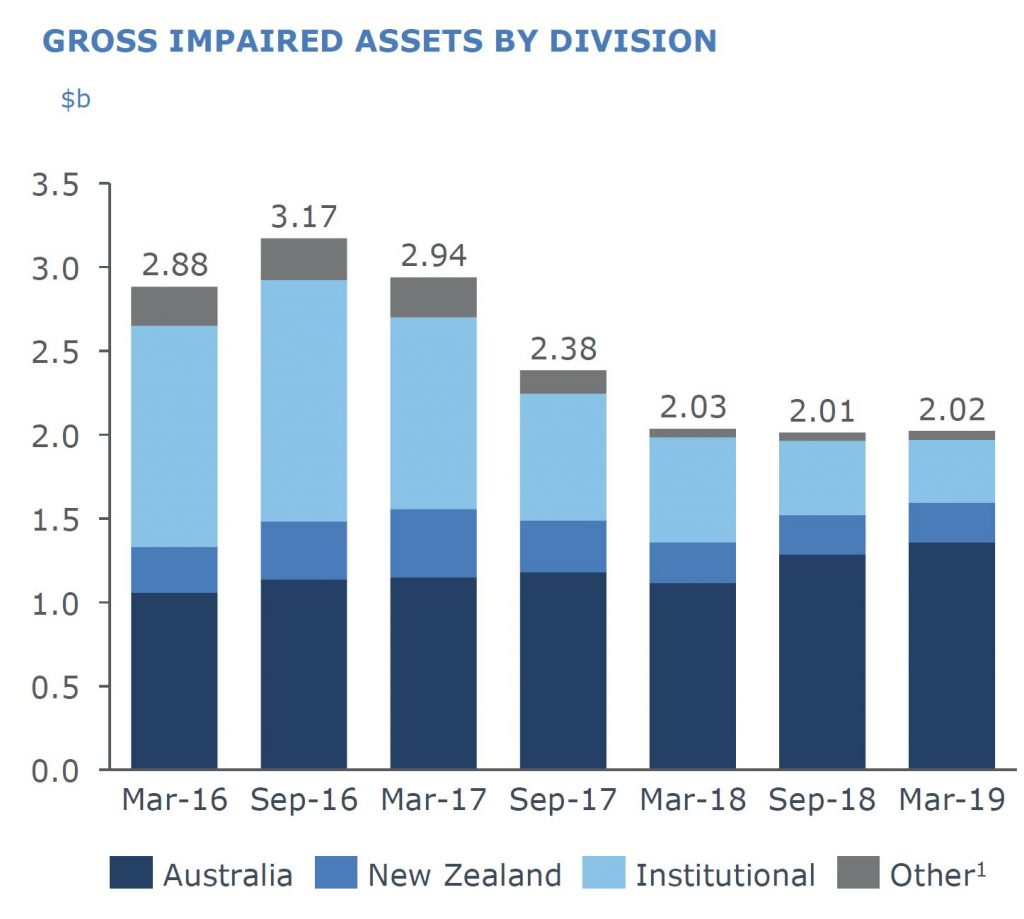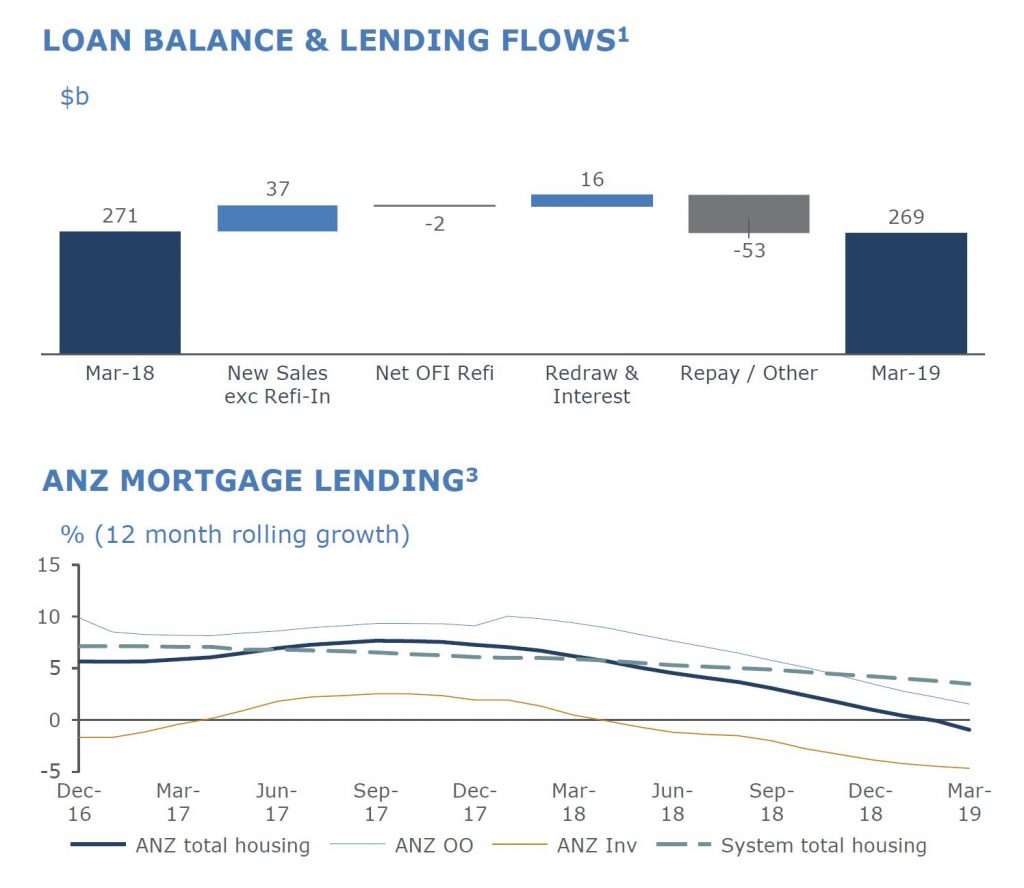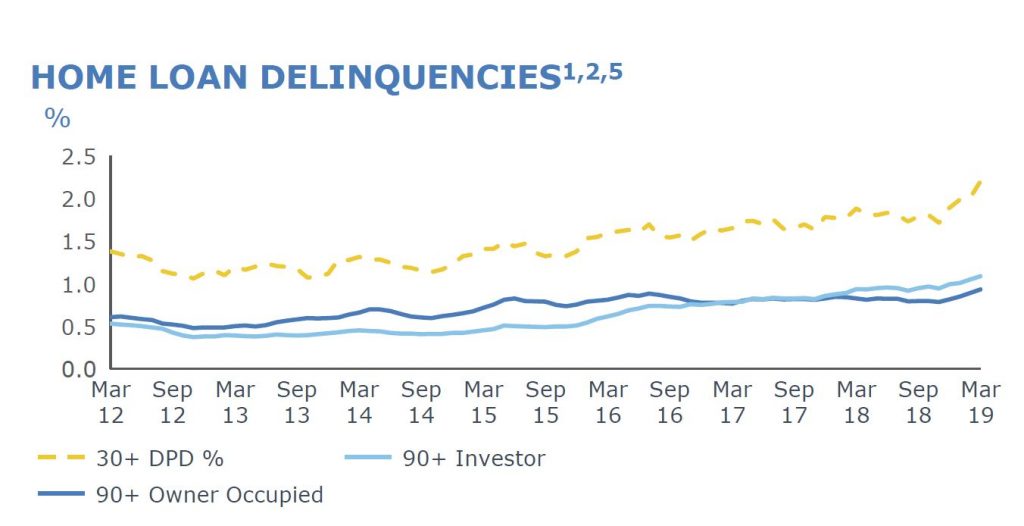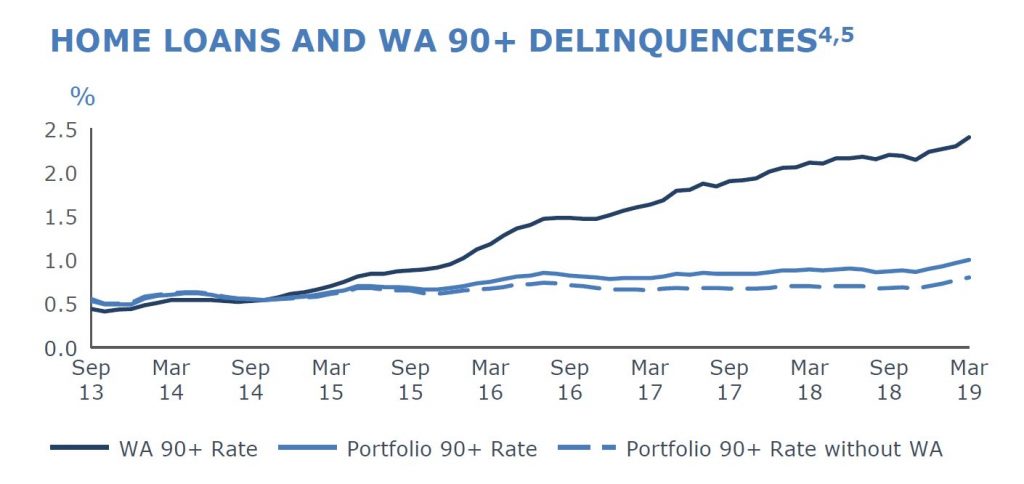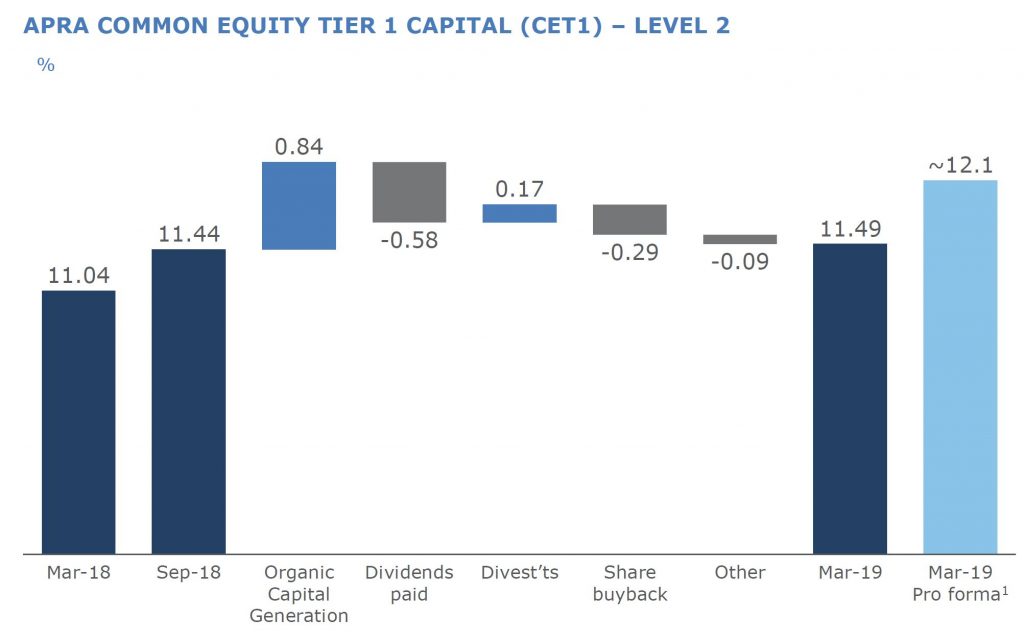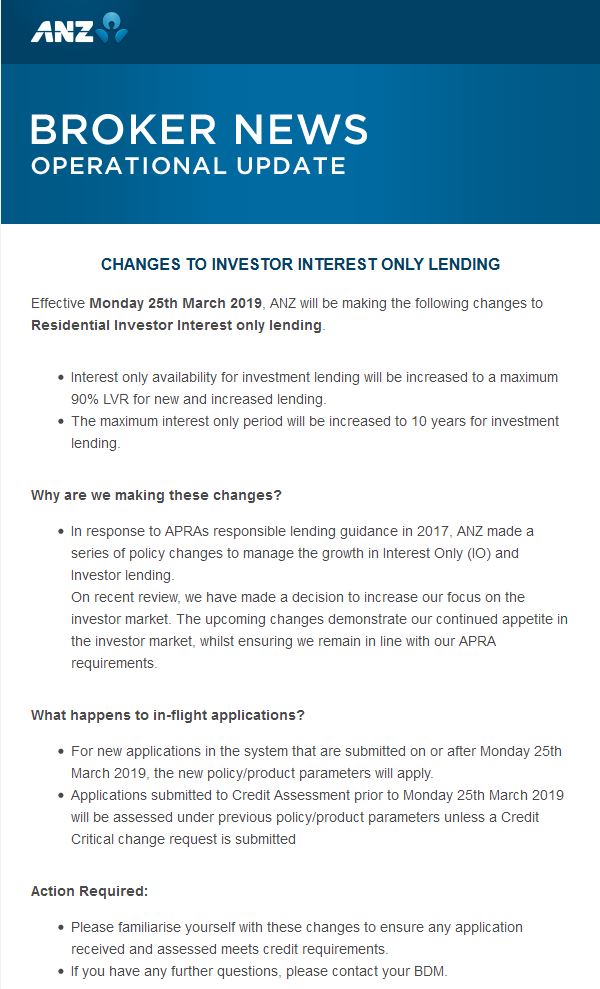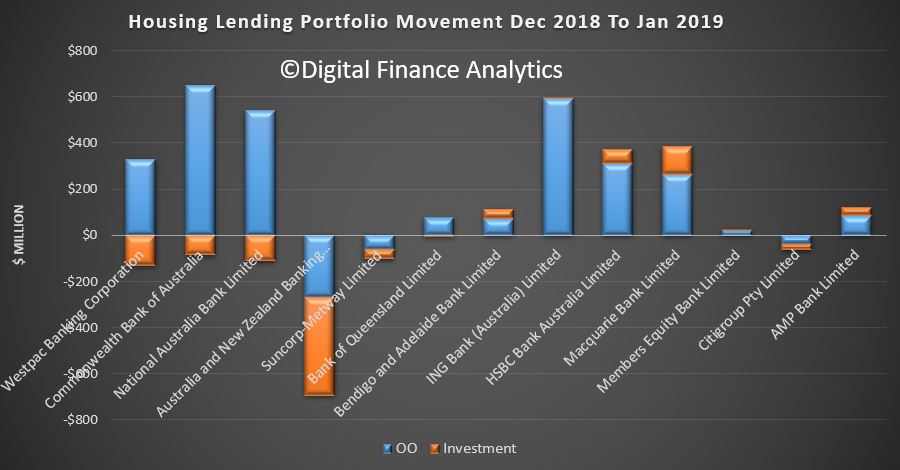ANZ NZ says David Hisco, its CEO of almost 9 years, is leaving due to ‘ongoing health issues’ and ‘the characterisation of certain transactions following an internal review of personal expenses’

This follows the Reserve Banks’ censure of their operations, as we reported recently.
According to a report in interest.co.nz, ANZ NZ is comfortably New Zealand’s biggest bank. As of March 31, it had total assets of $164.952 billion, total liabilities of $153.224 billion, and gross loans of $132.275 billion. Last year the bank’s annual profit was a shade under $2 billion.
The report says David Hisco, ANZ New Zealand’s CEO since 2010, is leaving the bank under a cloud.
In a statement ANZ says Hisco’s departure follows “ongoing health issues as well as Board concern about the characterisation of certain transactions following an internal review of personal expenses.”
“ANZ today confirmed the appointment of Antonia Watson as Acting CEO of ANZ New Zealand, following the departure of David Hisco,” ANZ says.
“While Mr Hisco does not accept all of the concerns raised by the Board, he accepts accountability given his leadership position and agrees the characterisation of the expenses falls short of the standards required.”
ANZ New Zealand Chairman John Key says it’s disappointing Hisco is leaving ANZ under such circumstances after such a long career, his departure is “the right one in these circumstances given the expectations we have of all our people, no matter how senior or junior.”
Monday’s announcement comes after ANZ NZ announced in late May that Hisco had taken extended sick leave with Antonia Watson, the bank’s managing director for retail and business banking, stepping in as acting CEO.
“We are fortunate to have an experienced executive in Antonia Watson to step in while we conduct a search for a replacement. Antonia’s extensive banking career has her well placed to help ANZ manage through this transition,” Key says.
“Mr Hisco will receive his contracted and statutory entitlements to notice and untaken leave, with all unvested equity to forfeit. The Reserve Bank of New Zealand and Australian Prudential Regulation Authority have been notified of the changes and are being provided all requisite filings.”
Key and Watson will hold a press conference later on Monday morning.
ANZ’s 2018 annual report shows (page 54-55) that in the year to September 2018 Hisco was on a A$1,170,703 fixed salary. On top of this he received A$644,397 in cash as ‘variable remuneration’ and A$864,274 of ‘deferred variable remuneration’, which vested during the year, giving a total remuneration received during the year of A$2,679,384. Hisco was paid in New Zealand dollars, with the amounts converted into Australian dollars.
Hisco’s appointment as ANZ NZ CEO was announced in September 2010, with him succeeding Jenny Fagg. An Australian, he had previously been managing director of ANZ NZ subsidiary UDC Finance between 1998 and 2000. Hisco, 55, has also been a member of Australian parent the ANZ Banking Group’s group executive committee with responsibility for Asia wealth, Pacific, and international retail.
An undoubted high-point of Hisco’s time as CEO of ANZ NZ was the successful culling of the National Bank brand, and movingANZ onto National Bank’s core ‘Systematics’ banking platform in 2012. The two moves effectively unified the two banks nine years after the ANZ Banking Group bought the National Bank from Britain’s Lloyds TSB for A$4.915 billionplus a dividend of NZ$575 million paid from National Bank’s retained earnings.


